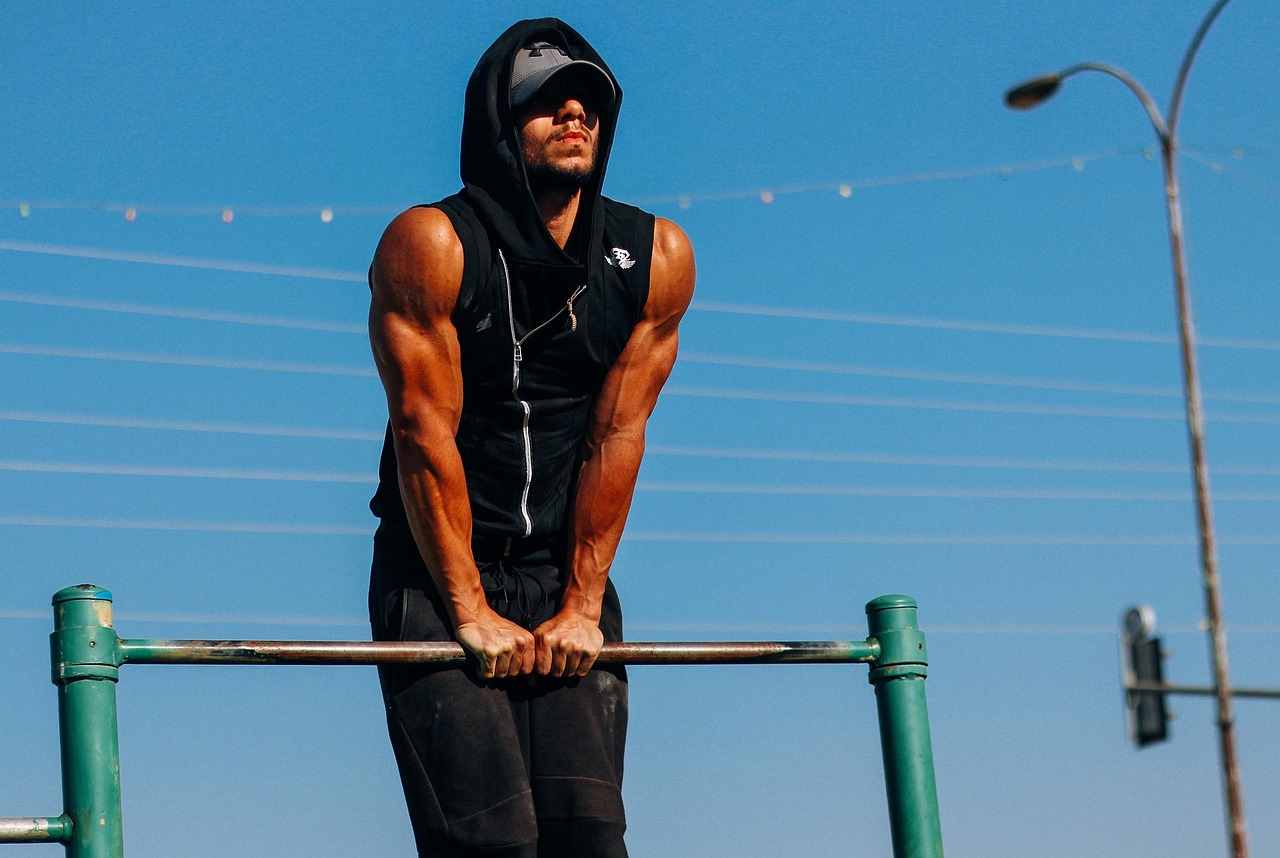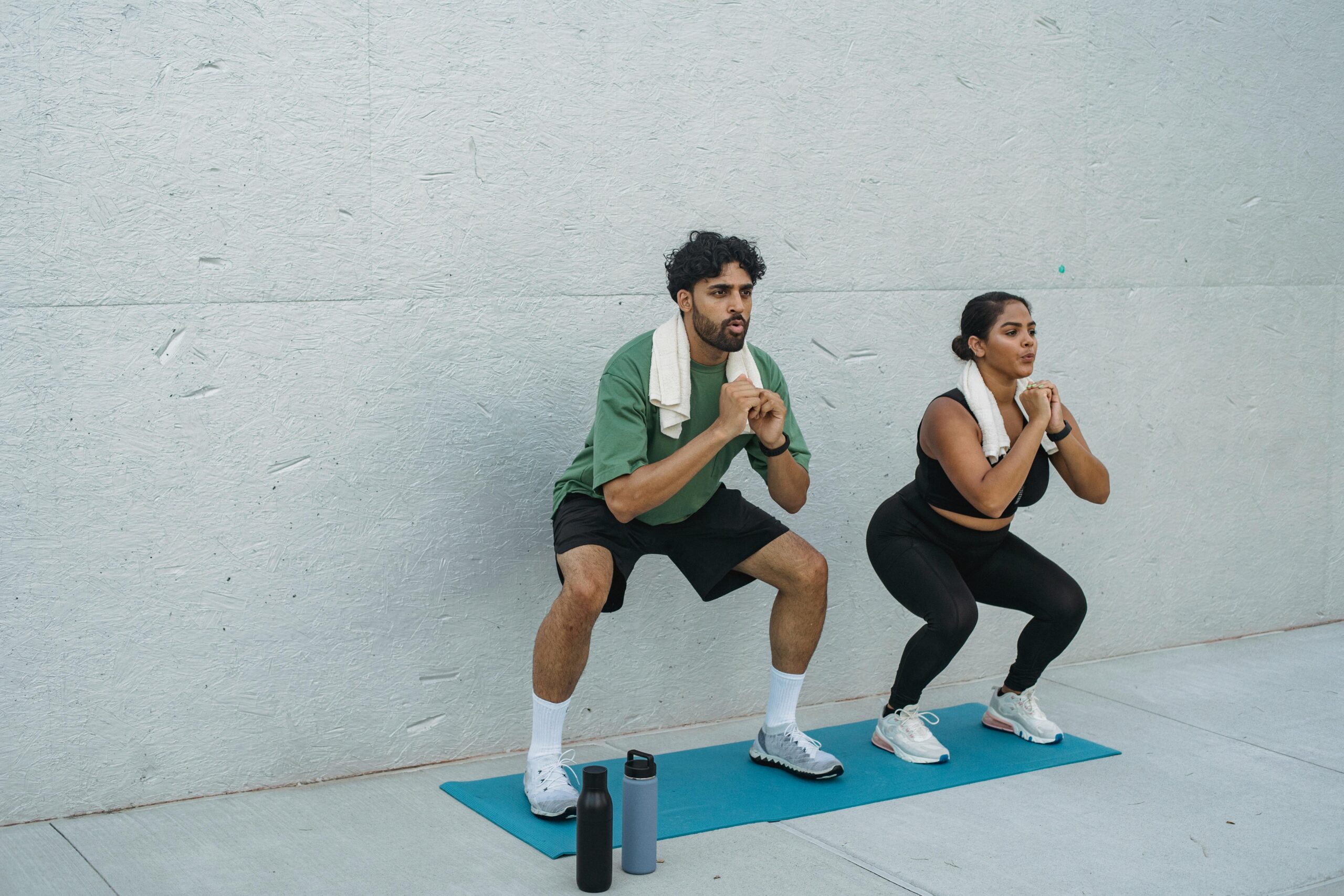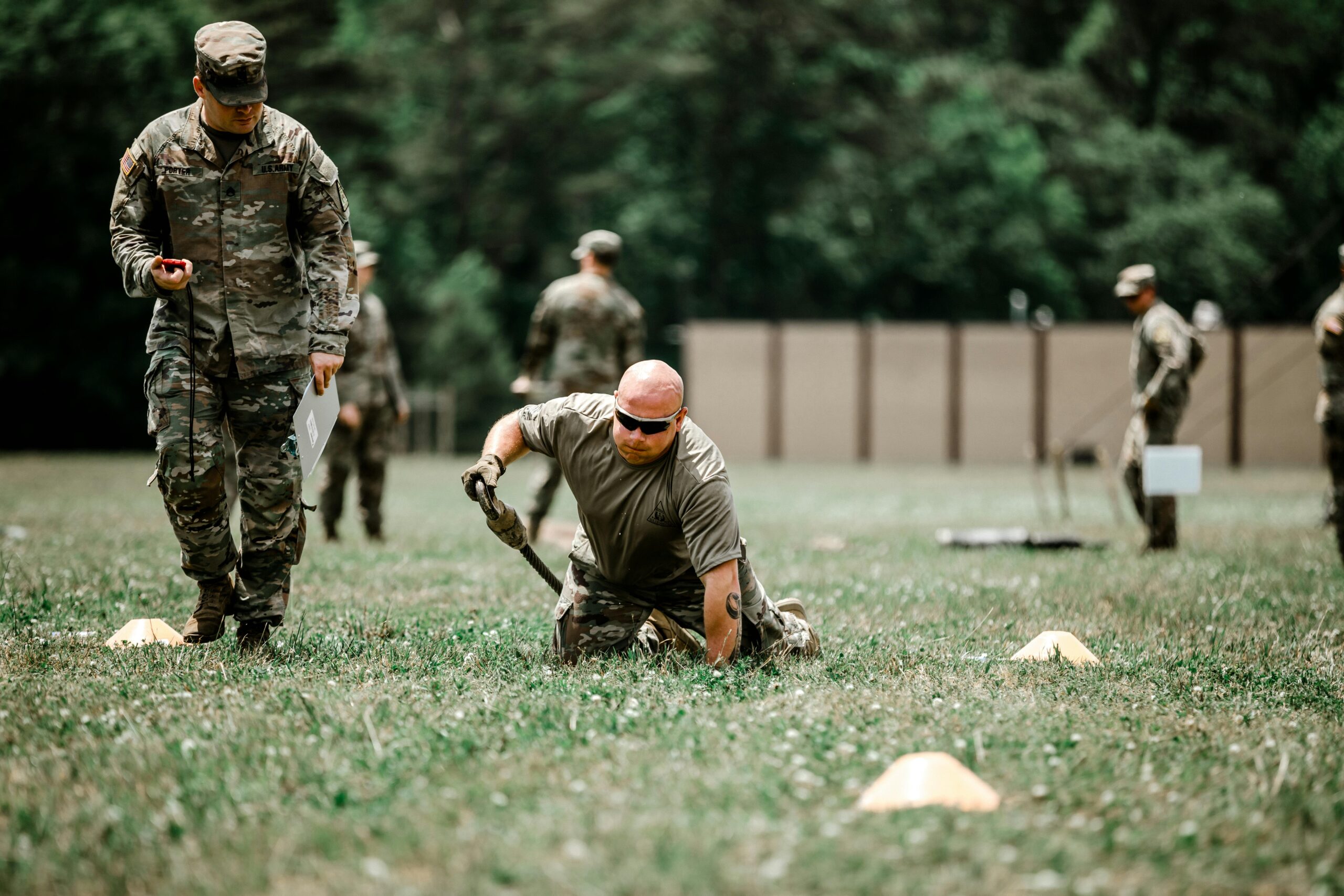Is Rock Climbing Calisthenics? Unlocking the Synergy Between Two Powerful Workouts
Welcome to Body Weight Beast! Today, we’re diving into an exciting topic that bridges two popular fitness worlds: rock climbing and calisthenics. If you’ve ever wondered, “Is rock climbing calisthenics?” you’re in the right place. This post will explore the connections between these two intense workouts, explain how they complement each other, and provide insights on how to incorporate both into your fitness routine. By the end, you’ll have a clear understanding of the synergy between rock climbing and calisthenics, and you’ll be equipped with the knowledge to optimize your training for hypertrophy and overall strength.
What is Calisthenics?
Before we tackle the main question—Is rock climbing calisthenics?—let’s first clarify what calisthenics is. Calisthenics is a form of strength training that relies solely on your body weight. The exercises typically involve movements like push-ups, pull-ups, squats, and dips, which help build muscle strength, endurance, and flexibility. Unlike weightlifting, calisthenics requires minimal equipment, making it a versatile workout that you can do anywhere, anytime.
What is Rock Climbing?
Rock climbing, on the other hand, is a physically demanding sport that involves scaling natural rock formations or artificial climbing walls. It requires a combination of strength, endurance, flexibility, and mental focus. The primary muscle groups engaged in rock climbing include the forearms, shoulders, back, and core, but it also demands significant lower body strength for stability and balance.
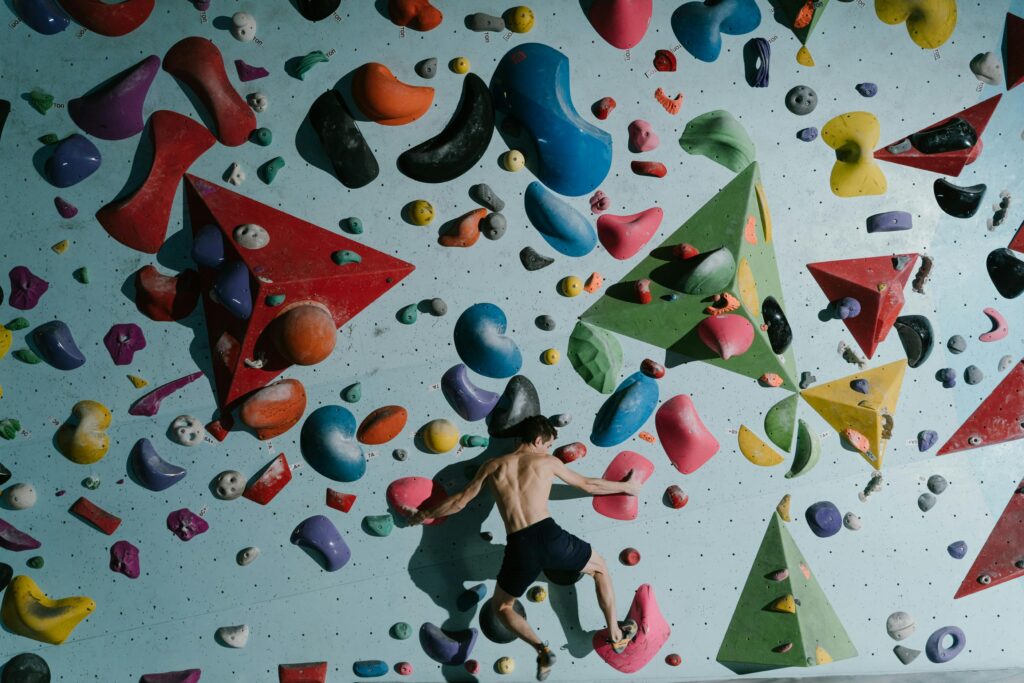
Is Rock Climbing Calisthenics?
Now, let’s address the key question: Is rock climbing calisthenics? The answer is both yes and no.
Yes, because rock climbing involves bodyweight movements that require strength, control, and coordination—principles at the core of calisthenics. When you climb, you’re lifting and holding your bodyweight, similar to calisthenics exercises like pull-ups and planks.
No, because rock climbing is more than just calisthenics. It combines elements of cardio, flexibility, and technique in a way that’s distinct from traditional calisthenics workouts. While the two share similarities, rock climbing also requires specific skills like grip strength, route planning, and mental endurance, which are not typically emphasized in calisthenics.

The Synergy Between Rock Climbing and Calisthenics
Though rock climbing isn’t strictly calisthenics, the two can complement each other beautifully. Incorporating calisthenics into your training can enhance your climbing performance, while climbing can improve your calisthenics skills. Here’s how:
1. Grip Strength and Endurance
Grip strength is crucial in both rock climbing and calisthenics. Exercises like pull-ups and hanging leg raises in calisthenics target the same muscle groups you use when gripping holds in climbing. Improving your grip strength through calisthenics will make you a more efficient climber, allowing you to tackle more challenging routes with confidence.
2. Core Stability
A strong core is essential for both calisthenics and rock climbing. Calisthenics exercises like planks, hollow body holds, and L-sits can significantly enhance your core stability, which translates directly to better balance and control on the rock. A stable core helps you maintain body tension on the wall, making it easier to execute precise movements and hold challenging positions.
3. Upper Body Strength
Climbing demands a high level of upper body strength, particularly in the shoulders, back, and arms. Calisthenics exercises like push-ups, dips, and pull-ups are perfect for building the muscle strength needed to support your body weight during climbs. Incorporating these exercises into your routine can help you develop the pulling power required to conquer overhangs and dynamic moves.
4. Flexibility and Mobility
While calisthenics often focuses on strength and endurance, flexibility and mobility are just as important, especially in rock climbing. Incorporating dynamic stretches and mobility drills into your calisthenics routine will improve your range of motion, allowing you to reach for holds more effectively and with less risk of injury.

How to Integrate Calisthenics and Rock Climbing for Maximum Results
If you’re a climber looking to boost your performance, or a calisthenics enthusiast interested in trying rock climbing, here’s how to combine both for a well-rounded fitness routine:
1. Calisthenics Warm-Up for Climbing
Before hitting the climbing wall, warm up with calisthenics exercises that target the muscle groups you’ll use during your climb. A good warm-up might include:
- Dynamic Arm Circles: Loosen up your shoulders with small to large arm circles.
- Push-Ups: Engage your chest, shoulders, and triceps.
- Planks: Activate your core and improve stability.
- Pull-Ups: Warm up your back and biceps, crucial for climbing.
This warm-up will prepare your muscles for the demands of climbing while also reinforcing the key principles of calisthenics.
2. Calisthenics Workouts Between Climbing Sessions
On days when you’re not climbing, focus on calisthenics workouts that build strength and endurance. Aim for a balanced routine that targets all major muscle groups, with an emphasis on the upper body and core. Some exercises to include are:
- Pull-Ups: Strengthen your back and biceps, mimicking the pulling motion used in climbing.
- Dips: Target your triceps and shoulders for pushing movements.
- Leg Raises: Improve your core strength, which is essential for body control during climbs.
- Push-Ups: Build overall upper body strength.
By consistently training with calisthenics, you’ll notice improvements in your climbing performance, from stronger pulls to better endurance on the wall.
3. Rest and Recovery
Both rock climbing and calisthenics are demanding on the body, so rest and recovery are crucial. Incorporate rest days into your routine, and consider using active recovery techniques like yoga, light stretching, or foam rolling. Proper recovery will prevent burnout and reduce the risk of injury, keeping you climbing and training at your best.
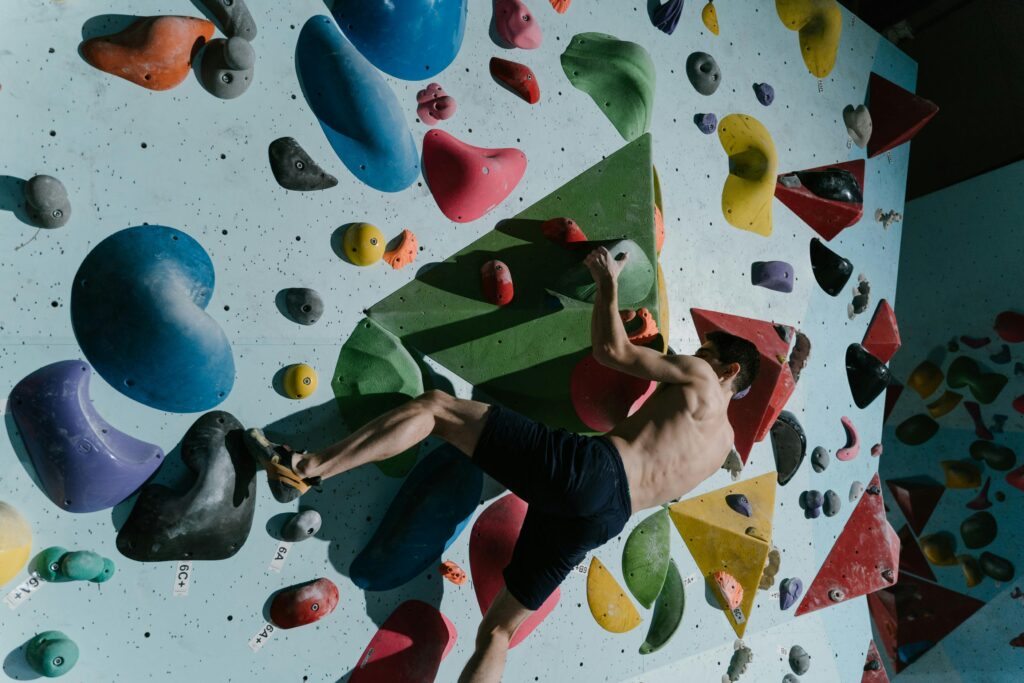
The Role of Equipment in Rock Climbing and Calisthenics
While both disciplines primarily rely on bodyweight, the right equipment can enhance your training and protect your body. For calisthenics, resistance bands, pull-up bars, and parallettes can help you progress in your exercises. For rock climbing, climbing shoes, chalk, and harnesses are essential.
To find the best equipment to support your rock climbing and calisthenics journey, visit our equipment page. Investing in quality gear can make a significant difference in your performance and safety.
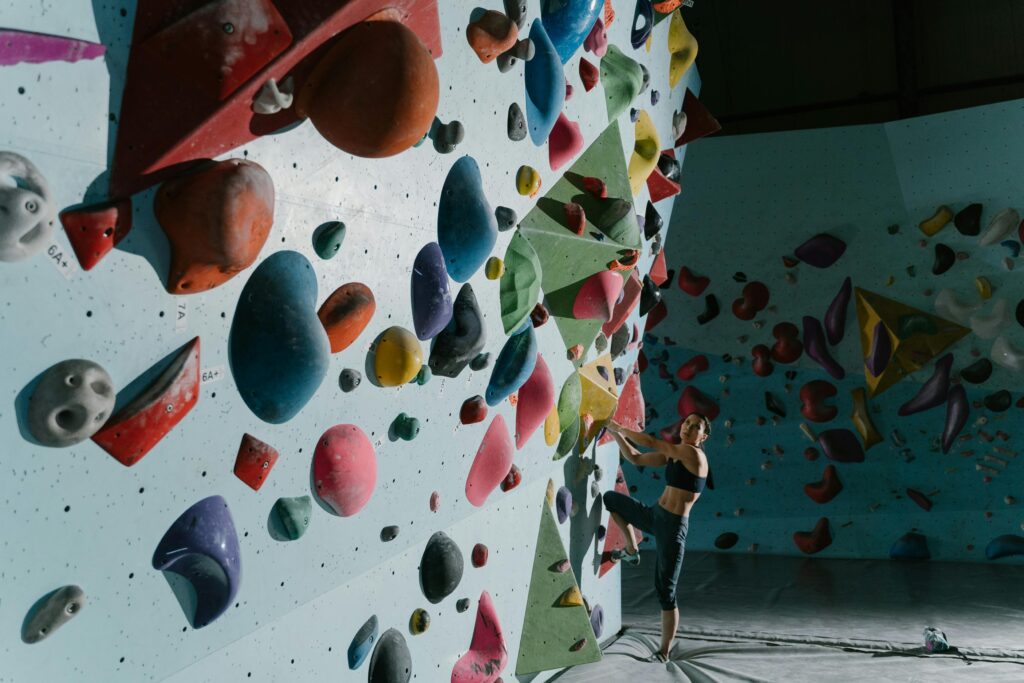
Conclusion: Rock Climbing and Calisthenics – A Perfect Match
So, is rock climbing calisthenics? The answer lies in the overlap of the two disciplines. While rock climbing is not strictly calisthenics, the bodyweight strength, endurance, and flexibility developed through calisthenics are directly applicable to climbing. By integrating both into your fitness routine, you can enhance your overall strength, improve your climbing skills, and achieve a well-rounded, powerful physique.
Whether you’re a climber looking to build strength through calisthenics or a calisthenics enthusiast ready to conquer new heights, this synergy offers endless possibilities for growth. Remember to check out our equipment page to gear up for your next workout.
Start incorporating these strategies today, and watch as your climbing and calisthenics performance soar to new heights!


